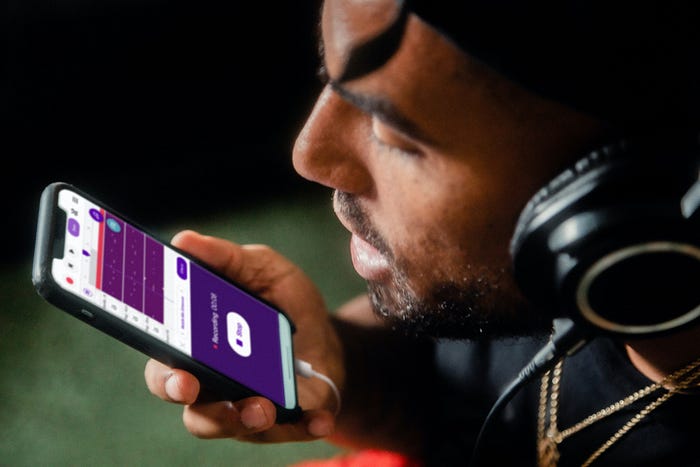Integrating ChatGPT with Voice Recognition and Avatars
Written on
Chapter 1: Overview of Voice Integration
Integrating ChatGPT with voice recognition can significantly enhance user experience by enabling voice-to-text capabilities. This allows users who prefer auditory information to engage more easily with your chatbot. Moreover, it creates a more human-like interaction with generative AI, which is beneficial in various contexts.
In this article, we will explore the components necessary to establish a straightforward pipeline that brings your ChatGPT interaction to life.

The Pipeline for Voice Interaction
The pipeline we aim to develop includes:
- Voice Input: Convert spoken words into text.
- ChatGPT Output: Transform text into voice.
- Avatar Representation: Use a talking avatar to deliver the ChatGPT responses.
Voice Input - Text Conversion
We will utilize the Google Voice Recognition API, which supports over 63 languages. There are several options available for this purpose:
- Paid Options:
- AssemblyAI: Charges based on audio seconds.
- AWS Transcribe: Offers a free tier of 60 minutes per month for a year.
- Free and Open Source Options:
- Kaldi: High accuracy but complex setup.
- Coqui: Well-maintained alternative to Deep Speech.
- OpenAI's Whisper: A newer option with evolving capabilities.
Note that using a grammar checker can enhance transcription accuracy.
Text Output - Voice Generation
For voice synthesis, we will demonstrate using both gTTS and pyttsx3.
- Paid Options:
- AWS Polly: Offers a free tier allowing up to 1 million characters per month for the first year.
- Open Source Option:
- pyttsx3: A Python library that provides access to various TTS engines without needing an internet connection.
Avatar Representation - Bringing ChatGPT to Life
To add a visual element, we will explore options for generating talking avatars. Movio offers a service with a free tier that includes multiple avatars and languages, allowing for a more engaging interaction.
Chapter 2: Getting Started
To kick off, we will install the SpeechRecognition package, which serves as a wrapper for several speech recognition libraries, both online and offline. This library is user-friendly and can be extended for more advanced use.
Start by creating a new project and install the necessary packages:
mkdir ChatGPTvoice
cd ChatGPTvoice
pip install SpeechRecognition
For a more extensive usage of the Google voice recognition service, you may need to supply your own API key.
This video tutorial demonstrates how to create a voice assistant using ChatGPT in Python, outlining the essential steps for integration.
Setting Up Voice Recognition
To use your microphone for input, ensure that you have PyAudio installed. For Mac users, specific installation steps may be necessary to avoid compatibility issues.
arch -arm64 brew install portaudio
brew link portaudio
pip install pyaudio
For Linux users, the installation command is straightforward:
sudo apt-get install python3-pyaudio
Now, install the text-to-speech libraries:
pip install pyttsx3 gTTS
We will also need the OpenAI API client library to communicate with ChatGPT:
pip install openai
Creating the ChatGPT Interaction
Below is an example code snippet to start interacting with ChatGPT:
import openai
# Set up the OpenAI API client
openai.api_key = "YOUR_API_KEY"
# Create a function to generate responses
def ask_chatgpt(prompt):
completion = openai.Completion.create(
engine="text-davinci-003",
prompt=prompt,
max_tokens=1024,
n=1,
stop=None,
temperature=0.5,
)
return completion.choices[0].text
prompt = "Hello, how are you today?"
response = ask_chatgpt(prompt)
print(response)
This video tutorial shows how to use the ChatGPT API with text-to-speech functionalities, providing a personal assistant experience.
Integrating Everything
In the final part, you will connect the voice input and output functions with ChatGPT. Remember to handle exceptions to manage any runtime issues.
def main():
while True:
try:
with sr.Microphone() as source:
print("Say something...")
audio = r.listen(source)
my_prompt = r.recognize_google(audio).lower()
print("You said:", my_prompt)
response = ask_chatgpt(my_prompt)
speak_chatgpt_text(response)
except Exception as e:
print("Error:", e)
if __name__ == '__main__':
main()
Conclusion
By following these steps, you will have a fully functional ChatGPT voice assistant integrated with a talking avatar. This setup not only enhances interactivity but also makes the experience more engaging for users. Stay tuned for more tips on optimizing your ChatGPT applications.
Thanks for reading, and feel free to share your experiences or questions in the comments!